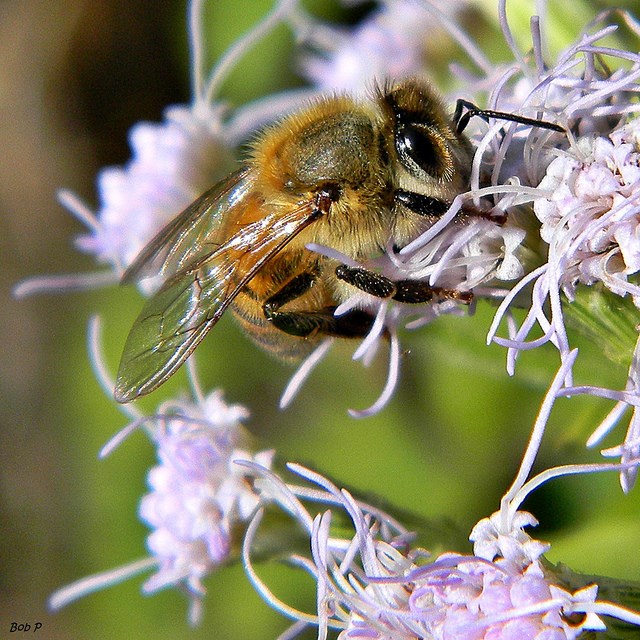A new exhibit at the Royal Saskatchewan Museum in Regina (RSM) is educating people on the importance of bees when it comes to pollination in Saskatchewan.
Much has been made of the disappearance of honeybees in the world, but Cory Sheffield, Curator of Invertebrate Zoology at the RSM, wants people to know about all the other bees in the province too.
“We tried to make this exhibit about telling the story of how pollination came to be,” Sheffield said.
The exhibit goes back 100 million years when relationships of potential pollinating insects and flowers were just beginning to the present when plants became so diverse. Now, there are over 230 species of bees in Saskatchewan alone.
“One of the things I was hoping to achieve is that it’s not just honeybees that we should be thinking about,” Sheffield said. “(We want people to know) there’s a whole range of other bee species with very different biologies that are also playing a big part for pollination.”
According to Sheffield, there are species of bees in the province that are red or green.
“When you go in and see (the exhibit), it’s almost like being in a really nice meadow with lush flowers. That overall attractiveness ties into this theme of flowers and pollinators,” Sheffield said. “How the colours are used to tell the story of the plants and the pollinators is very, very interesting.”
For example, the lesser-known leaf cutter bee species is worth billions of dollars because it’s the most important pollinator of alfalfa and they are sold globally because of how important they are. Saskatchewan is one of the largest producers of the bees for pollination.
But while pollination is the main role of bees, that’s not all they do. Sheffield said if there is a fire or some kind of other disturbance in the ecosystem and scientists want to see the impact, his research said that looking at bee health is an indication of the wider health of the ecosystem.
“(The exhibit) is getting people to think that there are more species of bees and the roles bees play,” he said.
There are some bees and plants that have evolved together, so that they rely on each other for survival. Sheffield said that the Prairie ecozone has the highest proportion of bees that specialize in specific groups of plants.
While colony collapse disorder (or CCD, the name for the disappearances of bees) is an issue world-wide, it hasn’t been a big problem in Canada so far. However, there isn’t a lot of research done into the numbers of bees beyond the honeybee and bumblebee species, so no one knows for sure how those colonies are doing.
Jake Berg, president of the Saskatchewan Beekeepers Association, said the number of bees in the province is doing fine. In fact, this year saw the lowest winter loss average in five to 10 years.
There isn’t a concrete reason for the higher number of bees here compared to the US or Europe, since no one really knows what causes CCD. However, Berg said it could be because of better communication between beekeepers and farmers, with the beekeeper asking the farmer to spray crops in the morning or evening when the bees aren’t out.
There are about 100 commercial beekeepers in the province and Berg said the number of colonies is rising, but the number of beekeepers is decreasing. He said that anyone looking to get into a new business has a good option in beekeeping: the cost to get started is lower compared to other types of farming.




